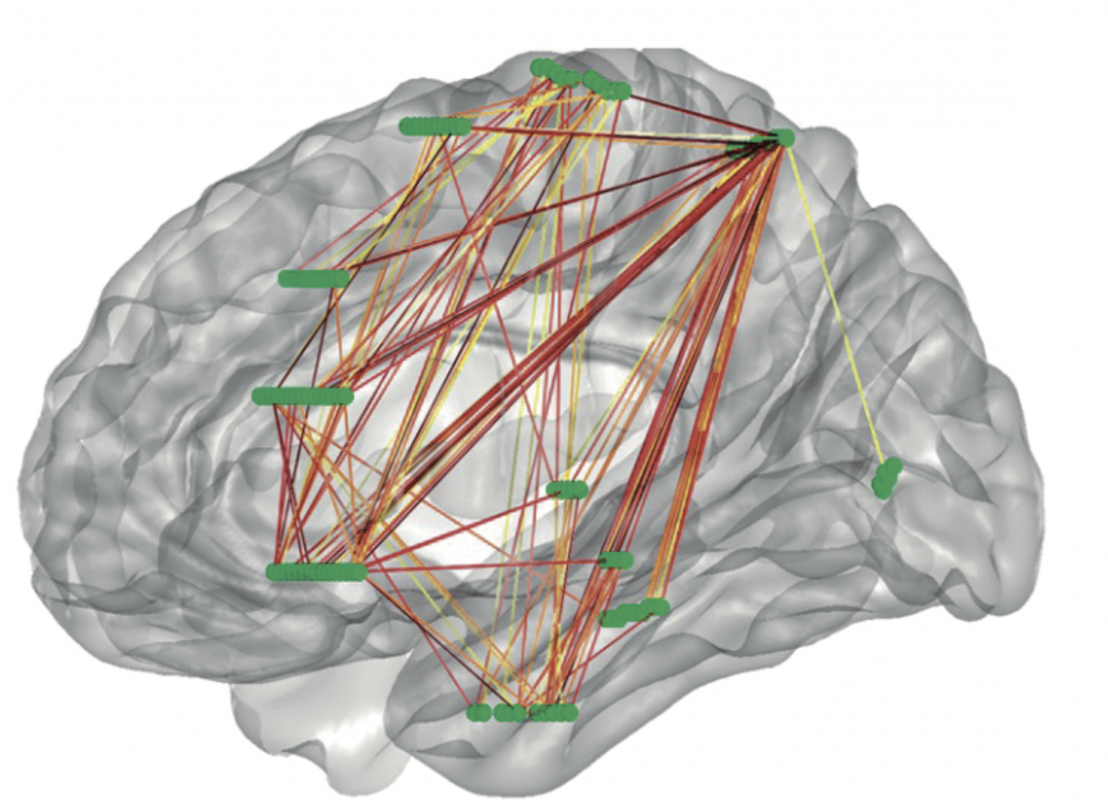Abstract: Cognitive approaches in translation studies have long incorporated methods from other fields, including linguistics, psychology, and computer science. Despite their major contributions, such approaches are mostly uninformative about the neural systems in which translation and interpreting processes are embedded. Seeking to bridge this gap, we introduce a neuroscientific toolkit to explore the biological embeddedness of translation and interpreting. Our focus is on neuroimaging (positron emission tomography, functional magnetic resonance imaging) and electromagnetic (electroencephalography, direct electrostimulation) techniques. We survey the tenets of these methods, review relevant findings, and outline key issues for future research. Moreover, we report new evidence obtained through scalp and intracranial functional connectivity measures. In brief, we advocate a more active involvement of translation scholars in brain-based research.
Keywords: translation processes; neuroscience; positron emission tomography; functional magnetic resonance imaging; event-related potentials; direct electrostimulation; functional connectivity; intracranial recordings


